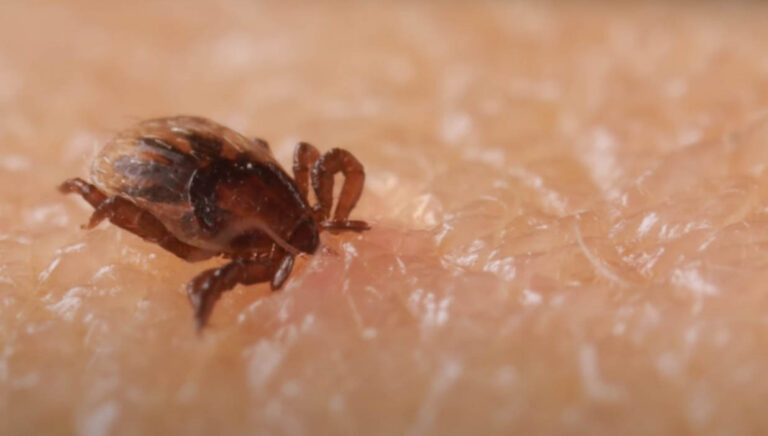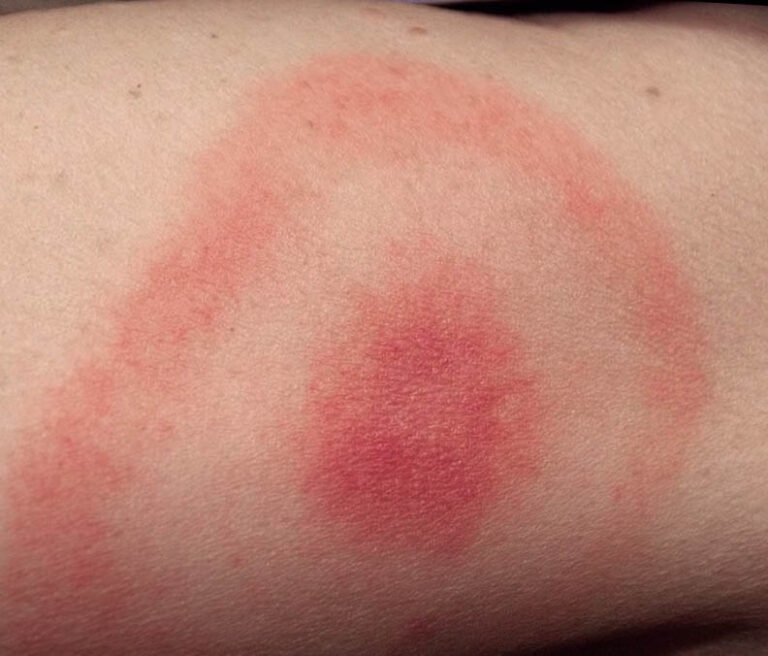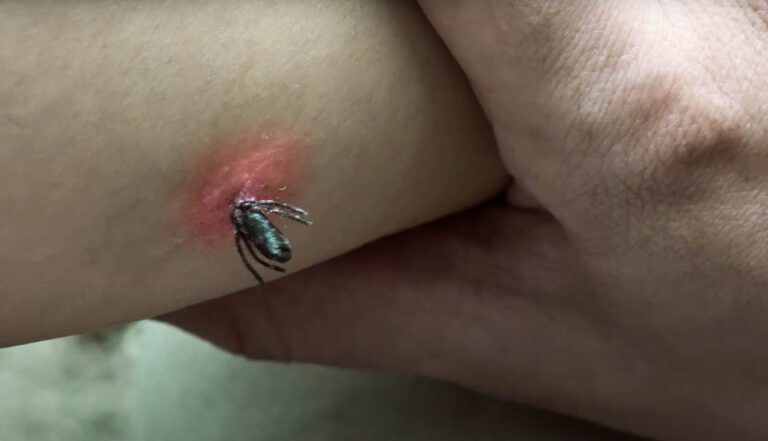What are some tick bite symptoms?
What are some tick bite symptoms?
Ticks are blood-sucking external parasites that feed on the blood of humans, other mammals, and reptiles. They suck blood by piercing the skin of the host and inserting their mouthparts. Ticks could remain attached for long periods while they suck blood. When they are full, they fall off the host and either molt or lay eggs. This is the pattern of hard ticks. Soft ticks take quick blood meals and return to their hiding places, repeating the feeding frequently.
The small critters bite, in a bid to suck blood. They transmit diseases through their bites. Infections can also result from the bite site. In this article, we consider some of the symptoms of tick bites.
Pain
The host could experience pain at the bite site. Tick bites could also result in swelling. It is noteworthy that not all tick bites cause pain. The bite could be painless as the critters could release analgesia as they take blood meals. The swelling is typically a result of an allergic reaction to the components of the saliva with the skin.
Blisters
The skin could break out into blisters as a result of tick bites. The blisters are also a form of an allergic reaction to the feeding activity of the ticks.
Rash
Tick bites can cause rashes which are also part of the reactions of the skin to the components of the saliva.
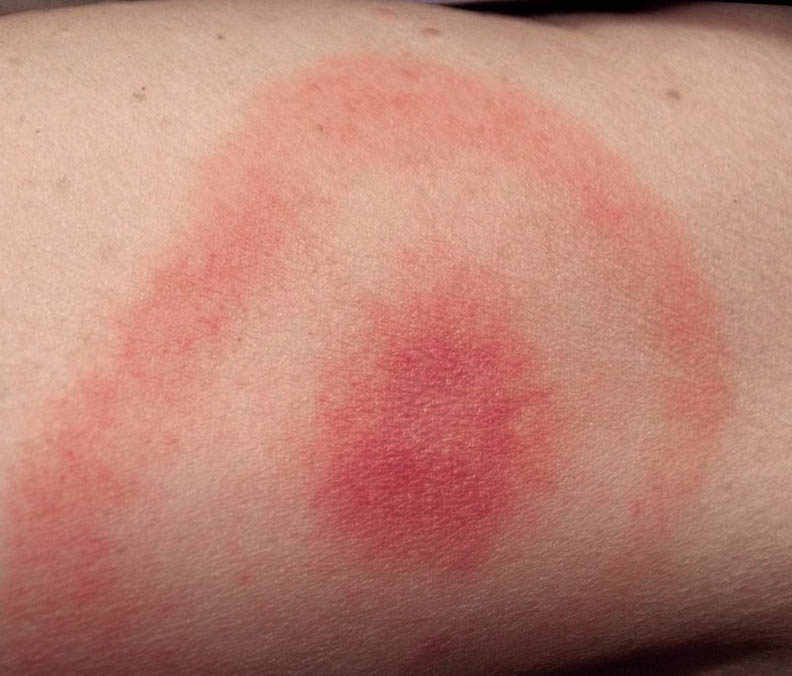
Burning sensation
A burning sensation can result from the bite of ticks. This burning sensation is another part of the reaction of the skin to the saliva and mouthparts of the ticks.
Difficulty breathing
This is a severe reaction to tick bites. Tick bites rarely lead to difficulty in breathing, but difficulty in breathing cannot be ruled out as a symptom of tick bites.
The symptoms of tick bites highlighted above occur from bites of ticks that are not carrying diseases. Ticks carrying diseases transmit diseases as they take blood meals. They pick up the diseases from an initial infected host. The pathogen develops within the body of the tick. After the pathogen becomes fully developed, it is transferred to a new host while taking a subsequent blood meal.
Different symptoms develop according to the type of disease the tick is carrying. Here are some of the common symptoms associated with the bites of disease-carrying ticks.
Red spot or rash around the bite site
This is related to diseases such as Lyme disease.
Weakness
Weakness is a common symptom of the diseases that ticks carry such as Lyme disease and relapsing tick fever.
- Full body rash
- Nausea
- Swollen lymph nodes
- Fever
- Chills
- Headache
Lyme disease, Rocky Mountain spotted fever, and relapsing tick fever are some of the commonest diseases spread by ticks.
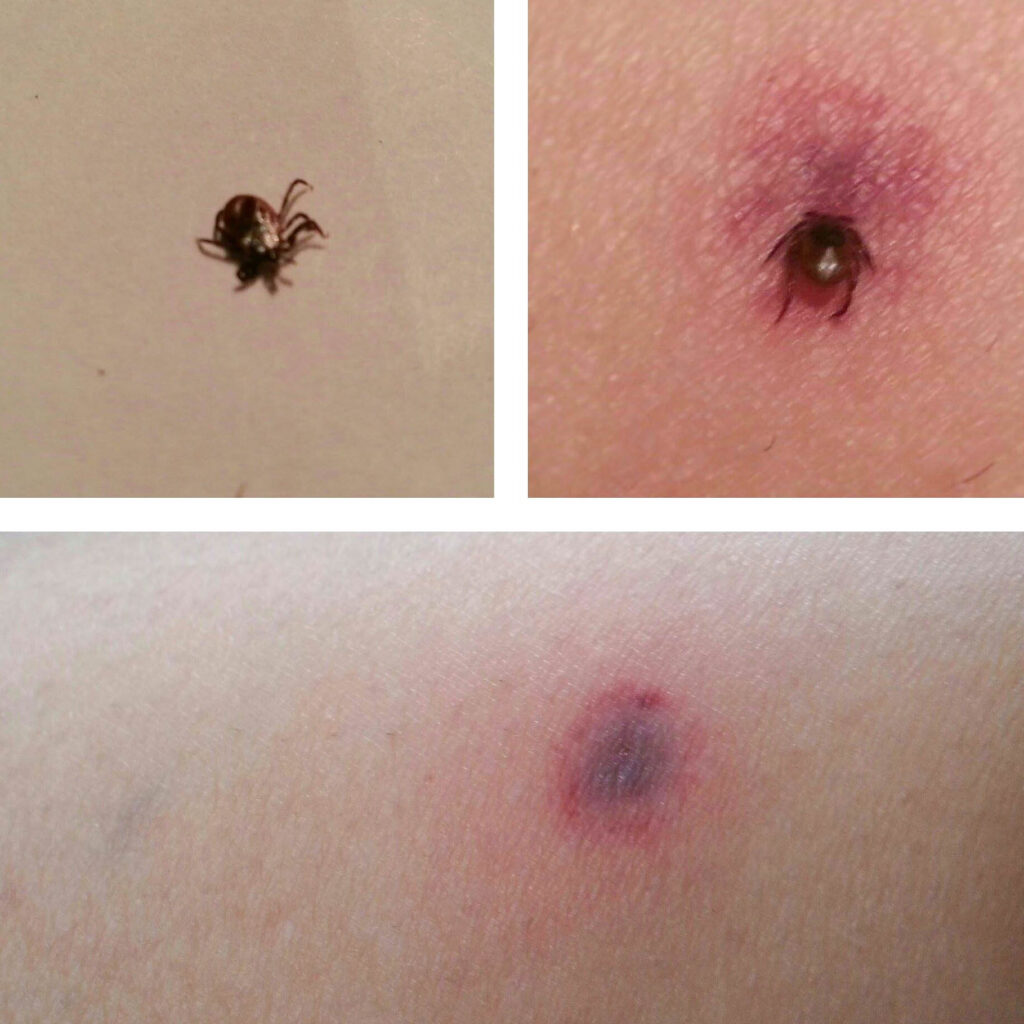
These general symptoms are indications of bites of infected ticks. Apart from these symptoms, the physical presence of ticks in an area is an indication of possible infection. If you notice a tick bite and find the tick attached, remove it and apply simple first aid measures. Wash the skin with soap and water.
Ticks typically love warm and moist areas. They also like to attach in hidden areas. Thus, they are commonly found in areas such as the armpit, groin, and hair for humans. For animals, they are found on the back and other inaccessible spaces.

